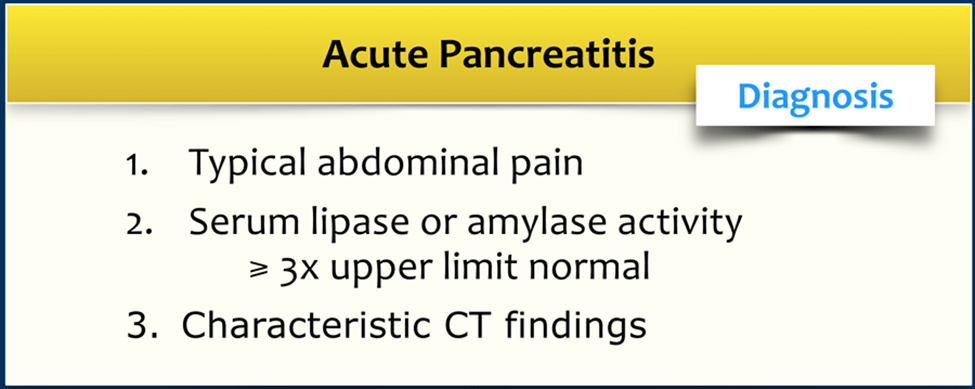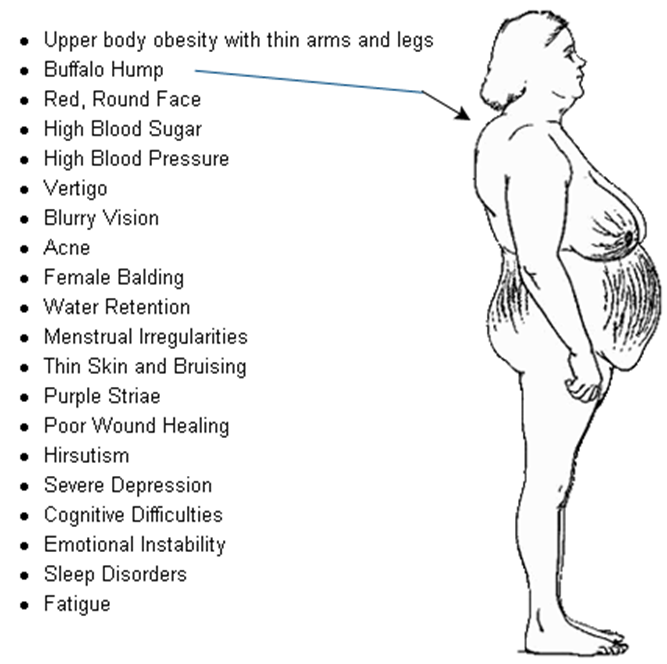A nurse is reviewing the laboratory data of a client diagnosed with acute pancreatitis. The nurse should expect to find an elevation of which of following values?
Calcium
Magnesium
Amylase
RBC count
The Correct Answer is C
A. Calcium:
While calcium levels can be affected in pancreatitis, it is more commonly associated with a decrease in calcium levels due to fat necrosis and the formation of calcium soaps. However, the primary electrolyte disturbance is more likely to involve magnesium.
B. Magnesium:
Magnesium levels may be decreased in acute pancreatitis due to factors such as vomiting, malabsorption, and poor oral intake. Hypomagnesemia is a possible consequence, but it's not as specific to pancreatitis as the elevation of amylase.
C. Amylase:
Elevated amylase levels are a hallmark of acute pancreatitis. Amylase is an enzyme released by the pancreas, and its elevation in the blood is a key diagnostic marker for pancreatitis.
D. RBC count:
Acute pancreatitis does not typically result in a significant impact on the red blood cell (RBC) count. The elevation of amylase and lipase levels, along with imaging studies, is more indicative of pancreatitis.

Nursing Test Bank
Naxlex Comprehensive Predictor Exams
Related Questions
Correct Answer is B
Explanation
A. Atorvastatin: Atorvastatin is a statin medication used to lower cholesterol levels. It is not known to cause glucose intolerance.
B. Prednisone: Prednisone is a corticosteroid and can cause glucose intolerance by increasing blood glucose levels. Corticosteroids can lead to insulin resistance, impaired glucose utilization, and increased gluconeogenesis.
C. Ranitidine: Ranitidine is an H2 receptor antagonist used to reduce stomach acid production. It is not known to cause glucose intolerance.
D. Guaifenesin: Guaifenesin is an expectorant used to help loosen mucus in the airways. It is not known to cause glucose intolerance.

Correct Answer is D
Explanation
A. Investigate the client's emotional concerns:
While addressing emotional concerns is important, assessing electrolyte imbalances and physiological stability takes precedence in managing an acute exacerbation of ulcerative colitis.
B. Check the client's perianal skin integrity:
Assessing perianal skin integrity is crucial, especially in inflammatory bowel disease, but it might not be the immediate priority compared to evaluating electrolyte imbalances.
C. Obtain a dietary history from the client:
Although dietary history is relevant for managing ulcerative colitis, the urgency lies in assessing and managing potential electrolyte imbalances due to the exacerbation of the condition.
D. Review the client's electrolyte values:
This is the correct action. During an acute exacerbation of ulcerative colitis, the client is at risk of electrolyte imbalances due to diarrhea, dehydration, and potential fluid and electrolyte losses. Promptly reviewing the electrolyte values helps identify any imbalances that might require immediate intervention.
Whether you are a student looking to ace your exams or a practicing nurse seeking to enhance your expertise , our nursing education contents will empower you with the confidence and competence to make a difference in the lives of patients and become a respected leader in the healthcare field.
Visit Naxlex, invest in your future and unlock endless possibilities with our unparalleled nursing education contents today
Report Wrong Answer on the Current Question
Do you disagree with the answer? If yes, what is your expected answer? Explain.
Kindly be descriptive with the issue you are facing.
